Description
David Birmingham, a professor of history retired from the University of Kent, thought it would be fun to train as a Canterbury city guide. He soon became fascinated by the city’s past and, after a lifetime of studying Africa – from the Iron Age onwards – he developed a particular interest in the prehistory of the Canterbury area.
This early history is barely mentioned in guidebooks. They tend to start in 43AD with the coming of the Romans, or in 597AD when Pope Gregory’s missionaries arrived to revive Christianity. David delved into archaeological reports and synthesised their findings into a readable narrative, designed to appeal to a wide readership.
His book tells of ancient ‘Celtic’ peoples who traded far and wide in great oak Bronze Age boats. It paints a picture of hill-fort inhabitants. Their lifestyle reconstructed from the chariot wheel-hubs, horse bridals, and tools left behind when the Romans invaded. It shows how Canterbury with its great classical theatre and a prestigious city wall became a major Roman settlement. The city declined after the legions withdrew around 410 AD. However, Romanised Britons remained in countryside villas with decorated mosaic floors. The Jutes and other Saxon peoples who sought a new Kentish homeland produced magnificent jewellery which therefore suggests that theirs was a primitive ‘dark age’.
In a lively and accessible way, this book tells the story of the diverse and colourful people who occupied Canterbury before the Normans.
- Author: David Birmingham
- ISBN: 978-1-910837-01-6
- Binding: paperback
- Pages: 112
- Dimensions: 216mm x 138mm
- Illustrations: c 30
- Publication date: 15 November 2015

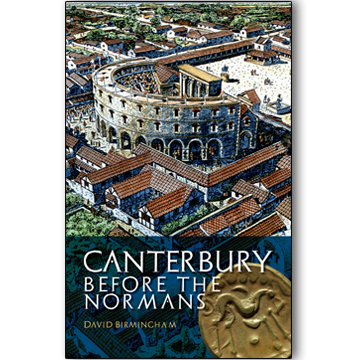
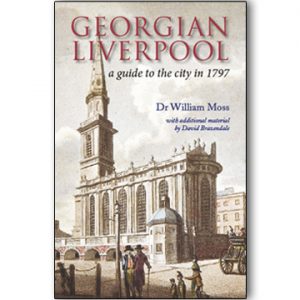
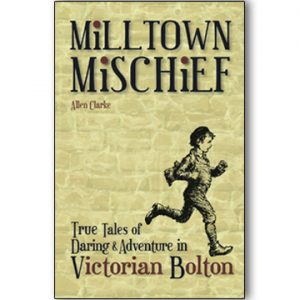
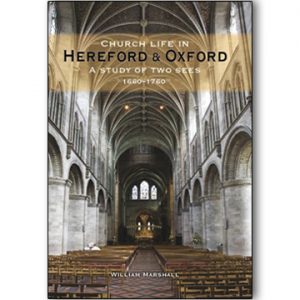
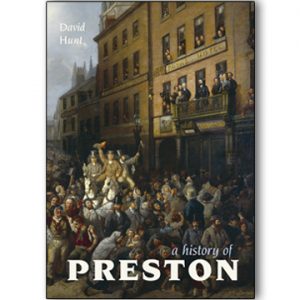

Archaeologia Cantiana –
This is an immensely readable short book, giving a clear and concise introduction to the evolution of Canterbury from the Stone Age to the Norman ‘invasion’. David Birmingham has scoured all the available archaeological written and archive sources for evidence as well as the historical sources. Original written sources are scarce for these 10,000 years apart from the Roman period and the re-emergence of a literate society in the seventh century AD, but a fascinating and coherent picture of the gradually changing societies is drawn by a skilled pen. The description of the various stages of Roman incursion and control is a tour de force in a very few pages. The brevity of the book enables the reader to get a sense of the way transition from one culture to another, particularly the Iron Age to Roman period and Celtic to Roman Christianity, took place within normal continuity and gradual change, challenging the simple historical period classifications. […] For those who know Canterbury well this small book will bring many refreshing, acute observations and for those who want to learn about the early city and its place in Kent it will be an accessible and informative read.
Archaeologia Cantiana, Vol. 137.